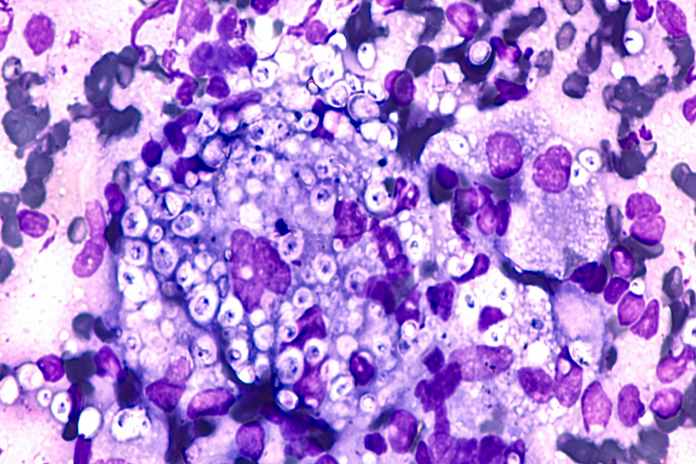Chronic granulomatous Disease
The symptoms are mostly infections of the skin, bones, liver, lungs, lymph nodes, and the brain. There are some other symptoms, also as fever, chest pain, swelling, skin irritation, and gastrointestinal problems. And when some injury appears, it takes a lot of time for healing. There are also some tests performed to diagnose this disease. In such a test, the doctor measures the number of hydrogen peroxides present in the patient’s body.
People mostly inherit the affected genes from their parents. Such gene produced proteins that form enzymes and kill bacteria and fungi, but in this disease, the enzymes do not work correctly to kill such bacteria or fungi. In this condition, the doctor does not know why this is caused and says that this disease is inherited. And this disease is most common in boys as compared to girls.

